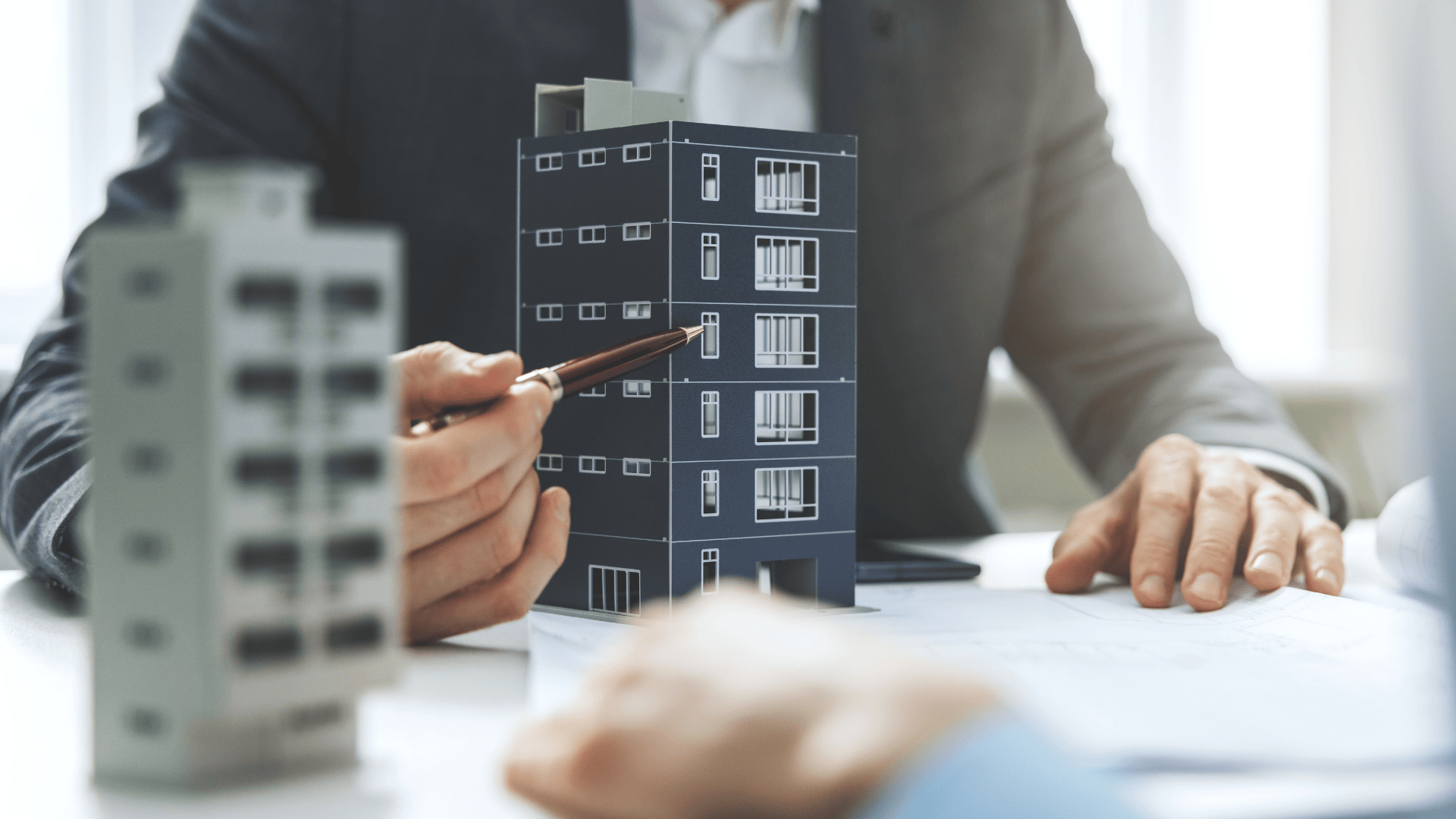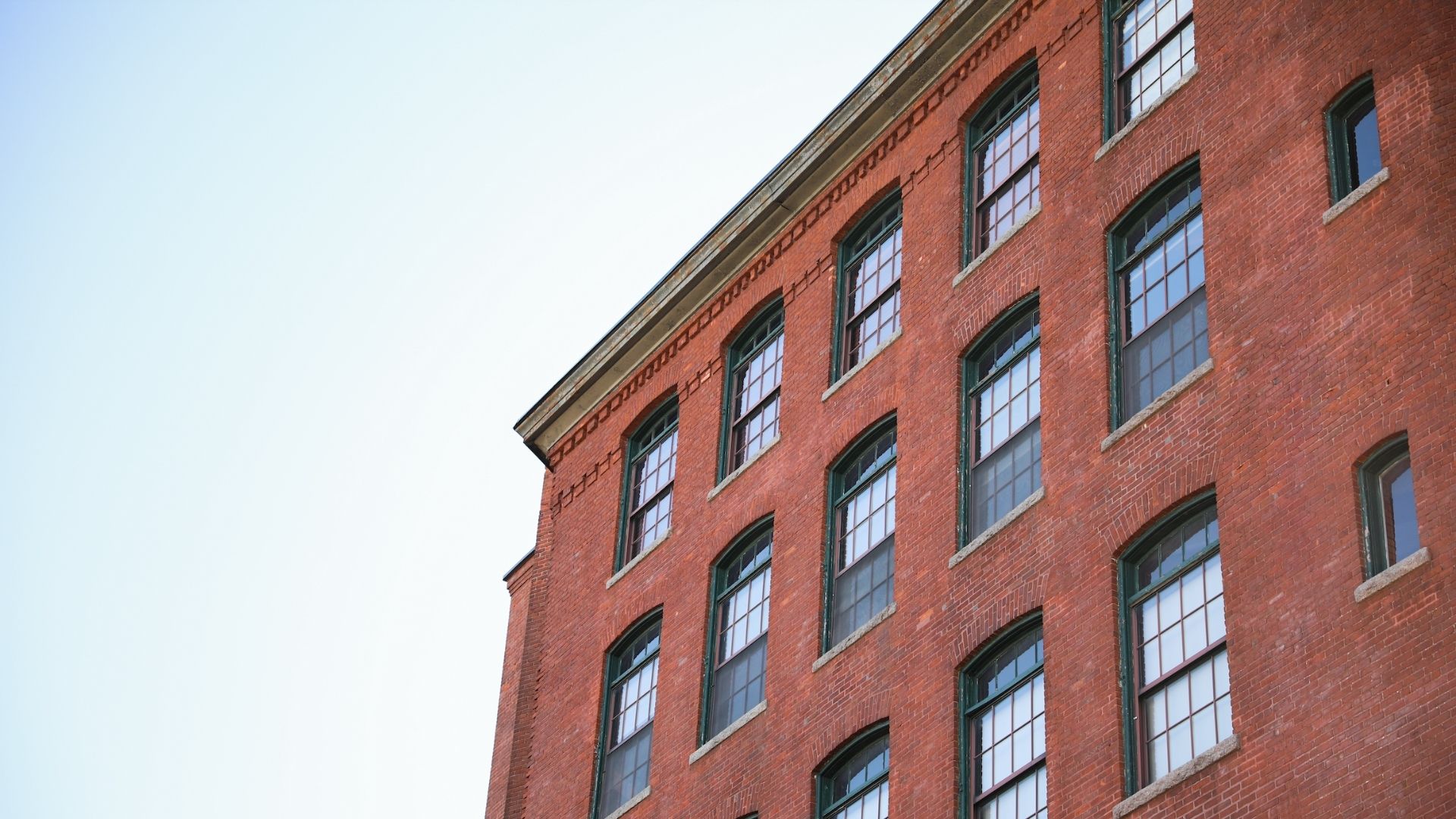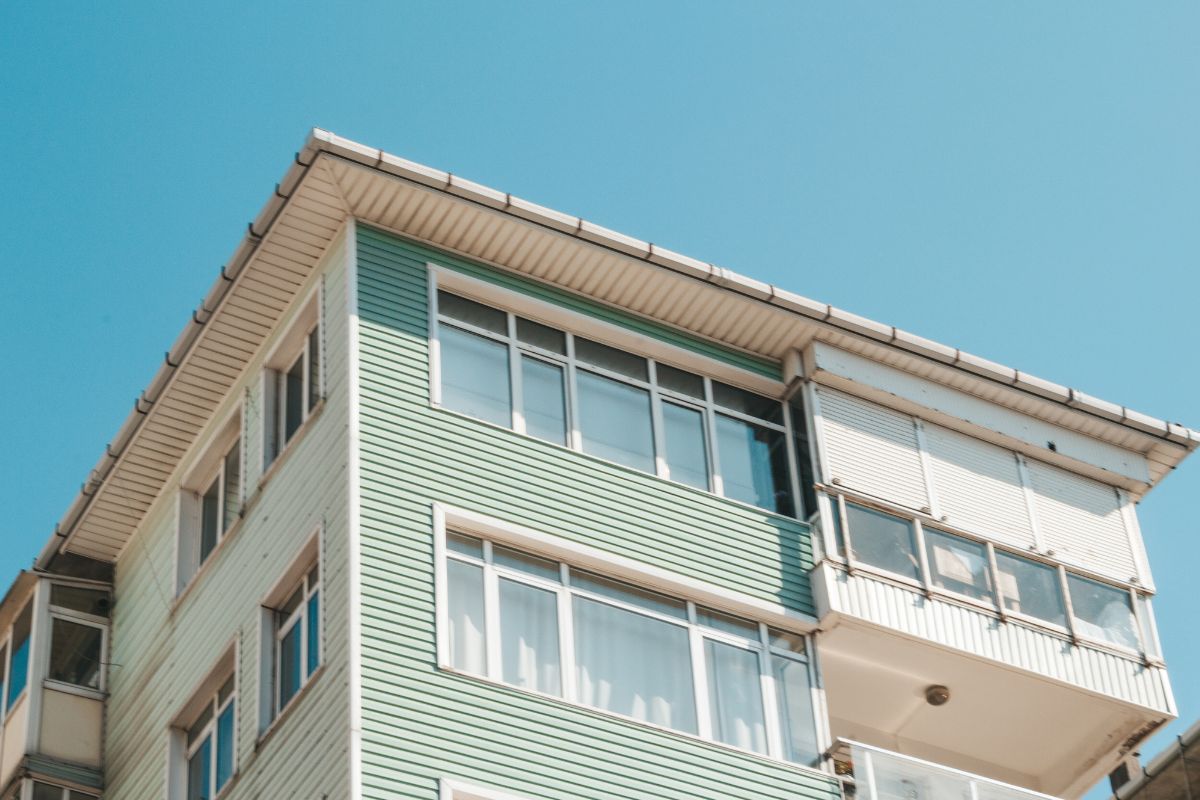Renovations are in right now. Well, they’re always in because buildings will always need upkeep and hiccups inevitably arise, but the idea of taking a property and refurbishing it to be its best self has taken a hold of the popular imagination. Both consumers and investors are excited about the idea of participating in a tailored property, whether it’s through living in it or actually being responsible for bringing it to life.
When it comes to multi-family properties, it’s more reassuring to renters to know that the utmost care and consideration has been given to their unit. A few amenities go a long way in attracting tenants, and it’s better to leave people bragging about how great their building is rather than grumbling about its mediocrity.
Below are 5 tips on renovating multi-family properties and maximizing your return on investment.
Hire an expert inspector before purchasing
While it seems like a no-brainer, it’s surprising to learn how many investors won’t look before they leap. Some fixer-uppers require more fixing up than others, and it’s easy to overlook just how many problems a property might have until it's too late. Make sure to always have experts involved at every stage of the renovation process, this is particularly important before you even purchase the multifam.
This includes an inspector to assess any possible structural and plumbing issues before any cosmetic refurbishments even cross your mind. Hiring an experienced project manager to oversee the full renovation process also comes a long way if you have multiple projects or if you’re relatively new to the industry. It’s better to spend money upfront to figure out if a property’s worth the time, investment, and effort rather than being left with a black hole of time and investment — due diligence and expert input is essential!
Curb appeal and pretty properties make for potential renters
The importance of aesthetics cannot be overstated — make sure that your property is one future renters would actually want to invite people into. Although it’s been made a bit harder by the pandemic, constant upkeep is essential. With the current situation in mind, this could even extend to just making sure any greenery and landscape is manicured and coats of paints are updated.
This mindset extends to both prospective and current tenants — be mindful of affordable, non-intrusive cosmetic improvements. They keep existing residents happy and pique the interest of would-be tenants. Even facilities that are extensions of multi-family properties like clubhouses, pools, and leasing offices should be tended to.
Give ‘em the ol’ razzle dazzle and storage space
Nothing irritates a tenant more than to realize they’ve been sold a false bill of goods. Make sure that the facelifts you might give a property while it’s on the market are permanent features and not stopgap measures to fill an empty room or two. You’ll only create more problems for yourself down the line if a tenant moves in and sees the layer of gloss they thought they’d be living with wasn’t actually a permanent feature. Give your property the TLC — tender love and care, FYI — that’ll make renters want to renew their lease and spread positive sentiments about their living space.
This can be done through very simple measures like installing hardwood floors, having up-to-date appliances, and maximizing storage space. Looks can be deceiving, and a renter’s realization that they don’t have enough room for the things they need to live upon relocation can be disappointing. Not only does keeping things contemporary keep your tenants happy, but it also allows you to justify more money per unit and ensure a return on investment.
Energy efficiency is attractive
Beyond the very real need to address climate change however possible, renovating your units to be energy efficient also adds return on your investment. Renters are more aware of environmental concerns than ever, and savvy ones understand that properties with efficient, up-to-date appliances can save them money on energy bills. These savings, in turn, are passed along to investors and property owners.
Making multi-family units more energy efficient is really a win-win across the board: the bills are lower, the properties are more desirable and command higher value, not to mention there’s less of a need for constant maintenance, upkeep, or outright replacements of appliances.
It makes sense to pour capital into green investments from both marketing and profit perspectives — it’s quite cut and dry.
Do your homework and understand your demographics
With all of the above in mind, the best renovations in the matter are meaningless if they don’t resonate with potential renters. As mentioned before, it’s worthwhile to consult experts and do your own investigations into market trends and consumer wants. Beauty is in the eye of the beholder, and although you might think a particular rental refurbishment is fantastic, it’s easy to become insulated and cut off from the realities of what would-be tenants are actually looking for.
In short, don’t over do it! Be deliberate and selective in reupholstering multi-family units. Depending on your relationship and communications with existing tenants, perhaps even consider surveying them on what they like best about their units as is and what they might like to see moving forward. Overextending your resources and dedicating your funds to unnecessary renovations is a surefire route to limiting a return on investment. Besides paying attention to the market and actual desires of renters, maybe even consider trial runs by renovating a single unit before refurbishing an entire property — if renters indicate that they’d be willing to pay more to live with these accoutrements, it might be time to allocate your money to making these changes across the board.







